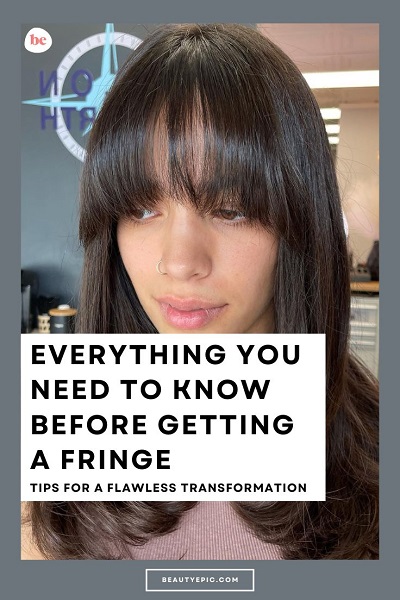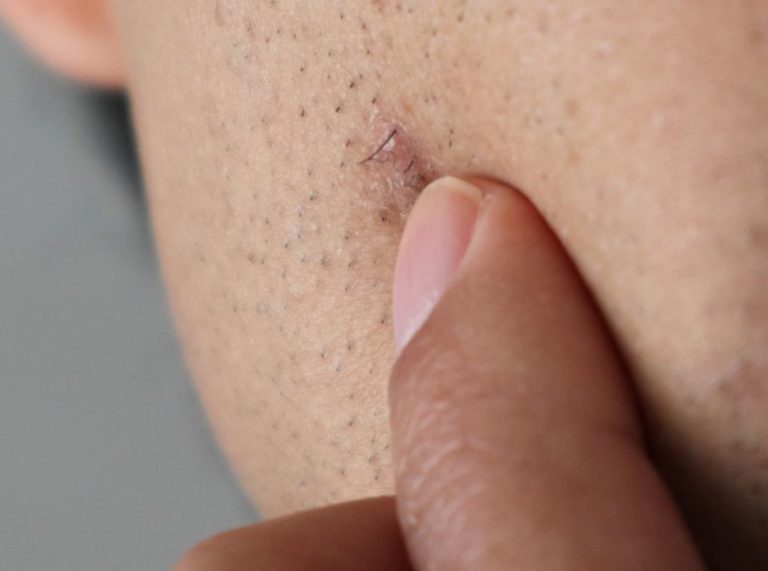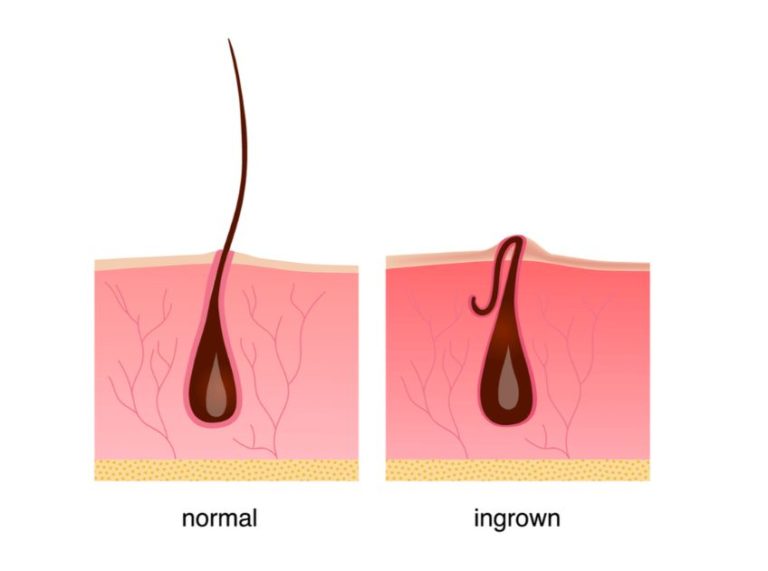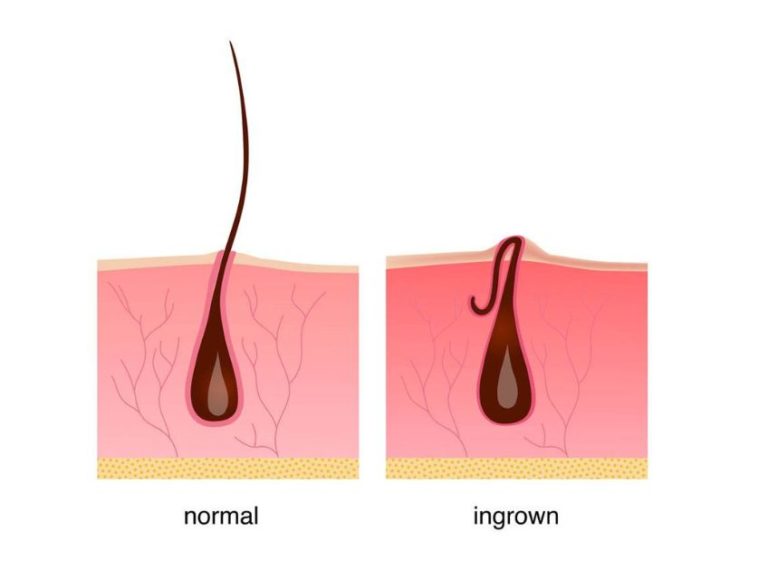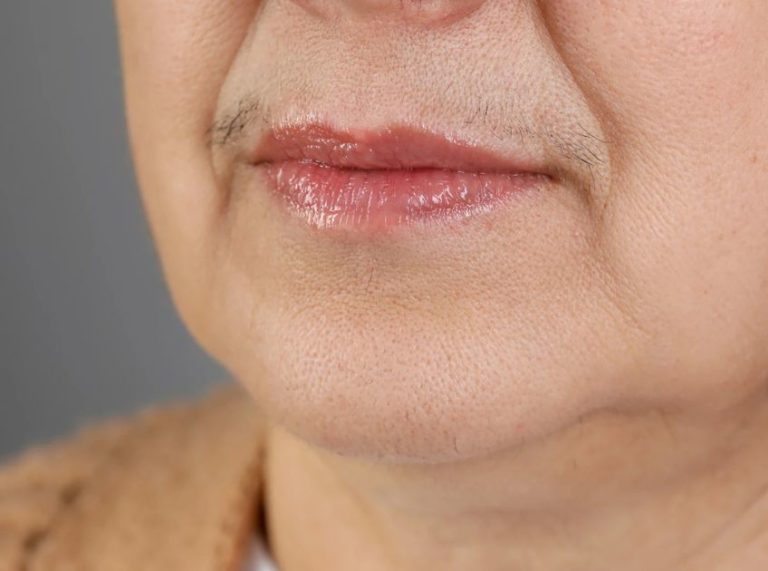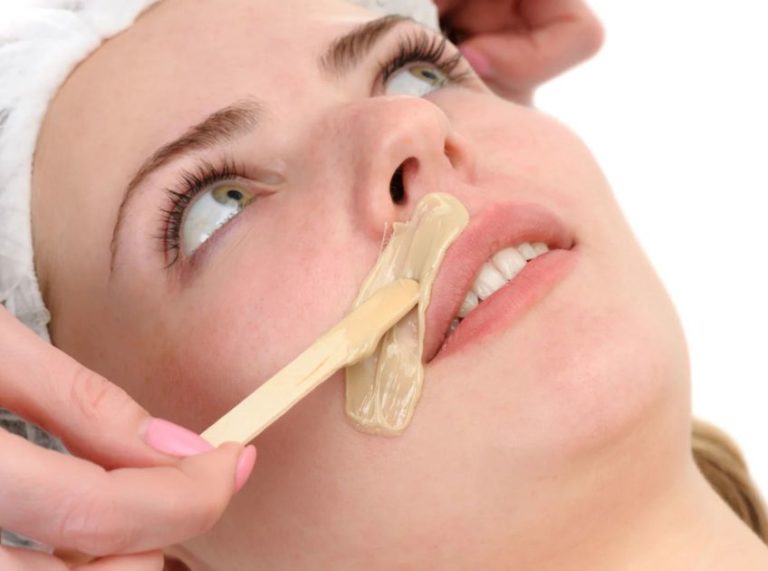
Important: This article is for informational purposes only. Please read our full disclaimer for more details.
A fringe (or bangs, as they’re also called) is one of the quickest ways to switch up your hairstyle and give your look an instant refresh. If you’re after blunt-cut drama, soft curtain bangs, or edgy micro fringe, this small snip can have a big impact. But before you grab the scissors or head to the salon, there are a few things you need to know.
From face shape and styling routine to upkeep and commitment, here’s your complete guide to everything you need to know before getting a fringe, straight from the hair experts.
1. Not All Fringes Fit All Faces
Choosing the right fringe depends heavily on your face shape. The wrong fringe can overwhelm your features or throw off your facial balance.
- Round face: Opt for longer, side-swept or curtain bangs to elongate your face.
- Square face: Wispy or layered bangs soften angular features.
- Heart-shaped face: Side bangs or crescent-shaped fringe balance a wide forehead and narrow chin.
- Oval face: Lucky you—almost every fringe style flatters this shape!
- Long face: Full, straight-across bangs visually shorten the face.
Pro Tip: Bring reference photos to your stylist and ask for their advice on what works best with your facial features and hairline.
2. Fringe Maintenance Is Real—And Frequent
Bangs aren’t a “set it and forget it” style. They require upkeep to keep them looking sharp and flattering. Expect to trim them every 3–4 weeks, especially if you choose a blunt or micro fringe.
- Daily styling: Most fringes need morning touch-ups with a blow dryer or flat iron.
- Product use: Dry shampoo, lightweight texturizers, or anti-frizz sprays are your new best friends.
- Trims: Regular salon visits (or DIY trims if you’re confident) keep things tidy.
Pro Tip: If you’re low-maintenance or always on the go, consider longer, side-swept bangs or curtain styles—they’re easier to manage and grow out gracefully.
3. Your Hair Type Matters More Than You Think
Fringes behave differently depending on hair type and texture.
- Straight hair: Offers the most styling control but can go greasy fast.
- Wavy hair: Great for soft, tousled fringe looks, but may require heat styling.
- Curly hair: Yes, curly bangs are doable—but they need expert shaping and moisture.
- Thick hair: Might need thinning or texturizing to prevent heaviness.
- Fine hair: Wispy, feathered fringes work best to avoid flatness.
Pro Tip: Be honest with your stylist about how much time you’re willing to spend styling your fringe each day—they’ll tailor the cut accordingly.
4. Bangs and Weather: A Complicated Relationship
Fringes can be affected by humidity, rain, or heat. In warmer climates or during summer months, bangs can get oily or frizzy fast.
- Hot weather: Keep dry shampoo handy to refresh limp or sweaty fringe.
- Humidity: Use anti-frizz products or smoothing balms to tame puffiness.
- Rainy days: A headband or clip can save your fringe in a pinch.
Pro Tip: A quick fringe blow-dry in the morning with a round brush and cool air setting can set the shape for the whole day.
5. Growing Out Bangs Can Be Awkward (But Manageable)
If you end up not loving your fringe, don’t panic—it grows out! But there will be a few awkward stages.
Curtain them: As bangs grow longer, part them in the center for a soft curtain look.
Pin them back: Bobby pins, clips, or a mini braid can help blend them with the rest of your hair.
Trim strategically: Ask your stylist to shape the growing fringe into face-framing layers.
Pro Tip: Growth takes patience—on average, hair grows about half an inch per month. Stay consistent with trims to avoid choppy regrowth.
6. Consult a Professional (Don’t DIY Just Yet)
While the temptation to cut bangs at home is real, a salon professional knows how to tailor the cut to your face shape, hair texture, and lifestyle. A fringe that looks great in a tutorial video may not suit your unique features.
Pro Tip: If you’re unsure about committing, try faux bangs with a clip-in or by pinning up your hair creatively to see how you feel first.
Frequently Asked Questions (FAQ’S)
Q1: How do I stop my fringe from getting oily?
A. Fringes rest on your forehead, picking up natural oils. Wash just your bangs daily using a small amount of shampoo or use dry shampoo to refresh them between full washes.
Q2: Can I get bangs if I have a cowlick?
A. Yes, but it requires skilled cutting and styling. A good stylist can customize your fringe to work with or around your cowlick using layering and texture techniques.
Q3: Are bangs suitable for aging or mature faces?
A. Absolutely! Bangs can soften facial lines, highlight eyes, and even create a youthful frame. Opt for soft, wispy bangs or side-swept styles for a flattering, age-defying effect.
Final Thoughts
A fringe can be fun, fresh, and fabulous—if you go into it with the right knowledge. Understanding your face shape, hair type, styling habits, and maintenance commitment will help you avoid post-cut regret. With a little planning and the right stylist, your new fringe can instantly elevate your look and become your favorite feature.
